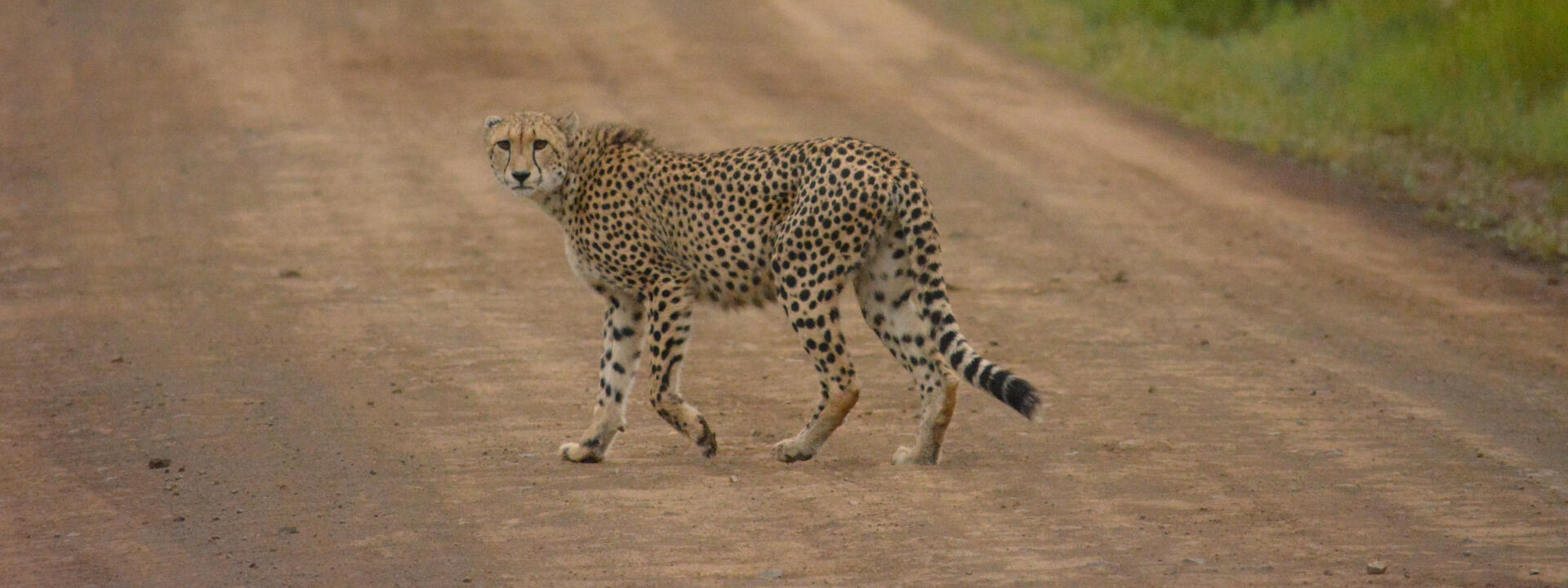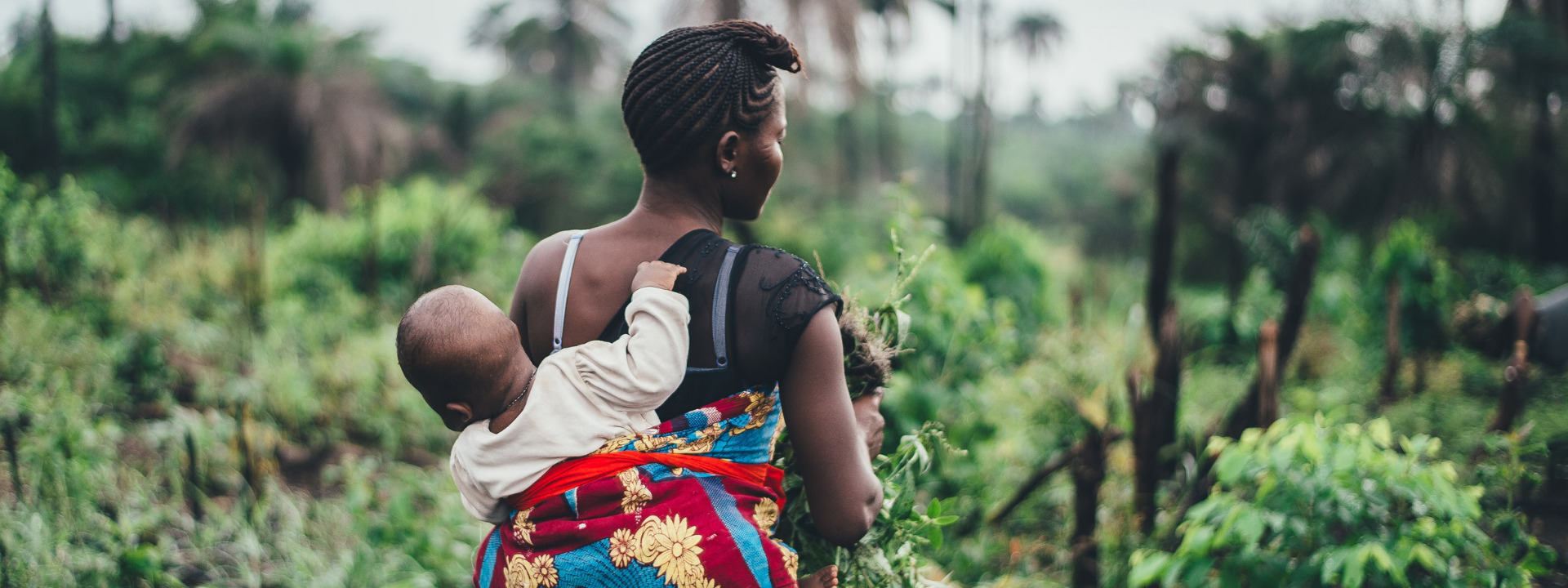
2022: A BIG YEAR FOR GLOBAL BIODIVERSITY
In December this year, a new international agreement will be adopted by the world’s nations to combat global biodiversity loss. The post-2020 Global Biodiversity Framework is intended to ensure that by 2050 humans are living in harmony with nature. Population Matters’ Senior Campaigner Andrew Howard examines how human population growth and empowering population solutions are being dealt with.
WHY POPULATION MATTERS
Biodiversity loss is accelerating. The extinction rate is now so high that scientists have established that we are in the midst of a sixth mass extinction driven by human activity. As we’ve written about many times before, human population growth is a major driver of biodiversity loss, primarily through the destruction of natural habitat for agriculture.
In 2010, ambitious global biodiversity goals were agreed, called the Aichi Targets. These expired in 2020 without any of the targets being met. While there are many reasons for this, the failure to address the issue of human population growth is certainly among them. It’s vital that population is recognised now in the new post-2020 Global Biodiversity Framework (GBF).
The framework was most recently negotiated in Geneva in March and Nairobi in June this year. The current draft, published on 26 June at the end of the Nairobi meetings, will be further negotiated, agreed and adopted at the UN Biodiversity Conference (COP15) in Montreal from 7-19 December.
PM has been working to influence the GBF negotiations in collaboration with members of the University of Cambridge Conservation Leadership Alumni Network (UCCLAN).

POPULATION GROWTH
While the latest draft of the GBF includes no direct reference to human population growth, including in its now 22 targets, it does state:
“Further, success will depend on […] addressing the full range of indirect drivers of biodiversity loss, as identified by the Global Assessment Report on Biodiversity and Ecosystem Services issued by the Intergovernmental Science-Policy Platform on Biodiversity and Ecosystem Services [IPBES], including those not directly addressed by the goals and targets of the Framework, such as demography, conflict and epidemics …”
Elsewhere in the document, it states that ”indirect drivers include demographic changes, unsustainable production and consumption patterns, perverse incentives, poverty and inequality, conflict and other socioeconomic factors.”
The IPBES report, published in May 2019, identifies direct and indirect drivers of biodiversity loss, itemising population growth as one of the latter, alongside consumption patterns, technological innovation and governance.
While any action to bend the population curve downwards will not have a significant impact during the years to 2030, the period covered by the framework’s 22 targets, it is crucial that efforts be made now to end population growth as soon as possible to have a chance of meeting the 2050 goal of humans living in harmony with nature.
THE SUSTAINABLE DEVELOPMENT GOALS
The draft framework helpfully acknowledges its close relationship with the Sustainable Development Goals:
“The framework is a contribution to the achievement of the 2030 Agenda for Sustainable Development. At the same time, progress towards the Sustainable Development Goals and the achievement of sustainable development in all its three dimensions (environmental, social and economic) is necessary to create the conditions necessary to fulfil the goals and targets of the framework.”
The proven human rights-based policy interventions which shape future population growth are consistent with and in many cases enshrined in the Sustainable Development Goals. These include women’s empowerment and access to and uptake of modern family planning.
EMPOWERING WOMEN AND GIRLS
PM welcomes the highlighting of the empowerment of women and girls as being crucial to the implementation of the GBF:
“Success will depend on ensuring gender equality and empowerment of women and girls and reducing inequalities, enhancing greater access to education and respecting the principle of intergenerational equity.”
It is also significant that the GBF now contains a new (and 22nd) target on gender. While the final text of the target still needs to be negotiated and agreed in December, the fact that the rights of women and girls, for example, to participate in policy-making and decision-making related to biodiversity are currently highlighted is a big step forward.

However, it is disappointing that the Gender Plan of Action (GPA), an accompanying document to the GBF, still fails to highlight key rights of women and girls. The purpose of the GPA is to support and promote the gender responsive implementation of the GBF. It was last negotiated in Geneva in March this year, with the latest draft published on 28 March.
In July last year, PM submitted evidence to the Convention on Biological Diversity on the draft GPA. In it, we urged that the GPA explicitly address the importance of sexual and reproductive health and rights (SRHR), including access to voluntary, modern family planning services. This is crucial if the GPA is to support the implementation of a GBF that is responsive to the rights and needs of women and girls.
The GPA does, however, explicitly highlight the promotion of ”women’s empowerment and entrepreneurial opportunities in biodiversity-based supply chains” – something many women won’t be able to achieve if they don’t have control over their own bodies, including the right to choose when and how many children to have.
NATIONAL BIODIVERSITY STRATEGIES AND ACTION PLANS
The responsibility for implementing the GBF will fall in the most part to national governments through National Biodiversity Strategies and Action Plans (NBSAPs). After the framework is adopted in December, PM will work to influence selected national governments to integrate policies concerning population growth.
We have already started looking into building relationships with key stakeholders in Nigeria, a country which is projected to see its population almost double to 400 million people by 2050, and which is already experiencing a severe biodiversity crisis.


